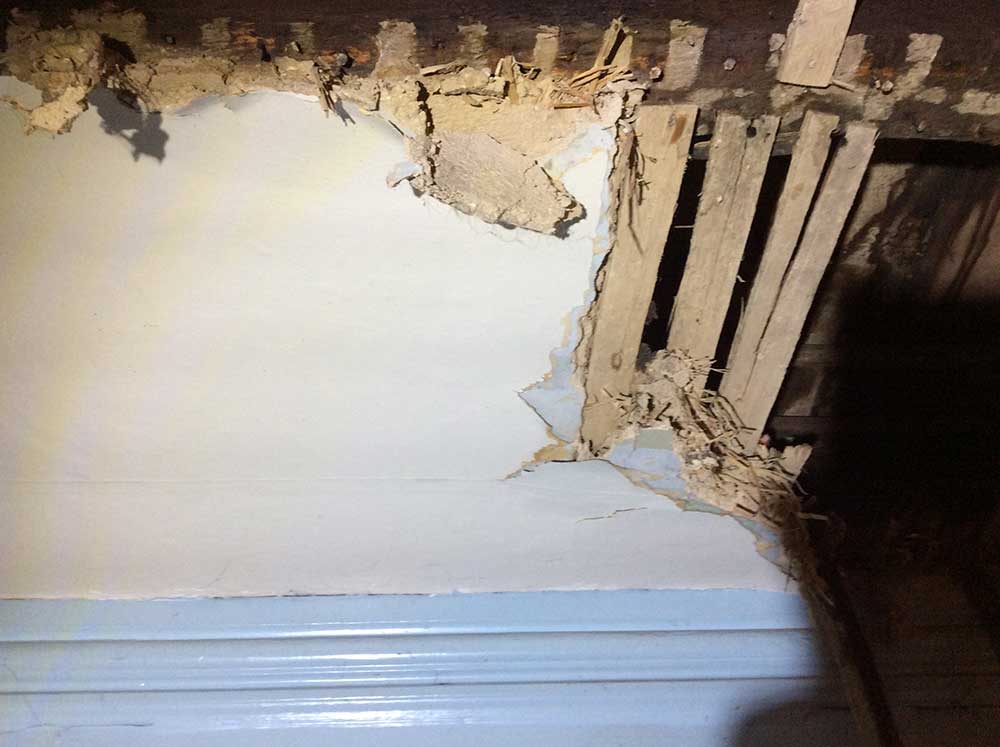Lath and plaster is a building process used to finish mainly interior dividing walls and ceilings. It consists of narrow strips of wood (laths) which are nailed horizontally across the wall studs or ceiling joists and then coated in plaster.
Over time the plaster between the wooden strips can degrade and start to deteriorate requiring new plaster or more commonly the removal of the lath and a suitable replacement installed.
We are able to carry out restoration of lath and plaster ceilings, walls and external lime plastering and render. We work closely with main contractors/building contractors specialising in heritage and restoration work and directly with the owners of period properties.
The most common reasons for carrying out lath and plaster repair and restoration work are fire damage, water ingress and the buildings integrity. We have worked on varying sized projects and have the skilled craftsmen to carry out this specialist work.
Why we continue to use Lath and Plaster
It is generally accepted that to retain the historic importance this method should be adopted to preserve the fabric of the property. The most important reason however, is it’s ability to absorb noise, deter the spread of fire and stabilise the internal humidity of a building.
Traditional lime plaster is also known for its inherent fire resistance, as carbonated lime (lime cured for months) will slows down the spread of fire than traditional drywall.
Lime plastering onto laths allows moisture to be absorbed and released (it’s breathable). When set its extremely hard and its durability ensures it last thousands of years and reduces the risk of cracking.

